Rotary President Stephanie Urchick and President-elect Francesco Arezzo,
Distinguished Rotarians, dear colleagues and friends,
First, thank you to Stephanie for the kind introduction, and I have fond memories of our meeting, and for all the support you have given us.
Good morning – good evening from Geneva – and I’m really sorry I can’t be with you in person, as I had planned to be. Actually, I had to return from the airport.
Thank you for your understanding and flexibility in accommodating the change of schedule, and I’m glad I can still join you virtually.
I would also like to congratulate President Urchick on your leadership over the past year, and I congratulate Dr Arezzo on your selection as President for the year ahead.
As an honorary Rotarian and a Paul Harris fellow, it’s my honour to join you in your 120th year – and happy anniversary.
My own association with Rotary goes back many years, to when I was Minister of Health in Ethiopia.
Rotary gave me so much support, not only on polio, but also on maternal health, water, sanitation and hygiene, and more.
I saw the difference that Rotary made to my country, and my people.
As Minister of Foreign Affairs, I had the honour of celebrating the 60th anniversary of Rotary Ethiopia, in 2015. And this year in June, happy 70th anniversary to Rotary Ethiopia.
And I worked closely with several Rotarians, including the late President Girma Woldegiorgis – an honorary Rotarian himself – and three of Rotary’s District Governors, Engineer Shiffaraw Bizuneh, Nahusenay Araya and Dr Tadesse Alemu.
All four of them contributed so much to freeing Africa from wild poliovirus, and I would like to take this opportunity to recognize that contribution.
The partnership between Rotary and WHO goes back to the birth of the Global Polio Eradication Initiative, in 1988.
In fact, Rotary were the pathfinders in first proposing the idea of polio eradication – inspired by the historic eradication of smallpox.
Since then, an estimated 20 million cases of paralysis have been prevented.
The virus now remains endemic in just two countries, in a few districts. We are on the cusp of history. Thank you for your leadership.
Of course, the path to eradication is not linear. The last mile is the hardest mile.
In the past year we have had setbacks, but our determination remains undimmed.
We will eradicate polio. Because we can. Because we must.
And when we do, it will be because of your support, because of your leadership.
Of course, that support extends beyond polio, to maternal and child health; water, sanitation and hygiene; education; promoting peace; the environment; and economic development.
In a world where division and despair too often dominate the headlines, you are writing a different story: that change is possible; that equity is possible; that peace is possible.
Today we are also pleased to announce a new collaboration between WHO and Rotary to raise awareness about viral hepatitis, during World Hepatitis Day, on the 28th July.
In line with Rotary’s theme of working with neighbours to build trust and drive local impact, Rotary will join WHO in helping to break down barriers that prevent access to hepatitis information, testing, treatment, and care.
Like polio, we have the tools to stop hepatitis. We must make sure everyone has access to those tools.
Even as success against polio draws closer, we face many new, serious challenges.
Drastic cuts in foreign assistance, as you know, are having a profound effect on the global health landscape.
Shifting priorities in donor and political agendas, conflict and insecurity, misinformation and vaccine hesitancy — all of these are affecting polio and many other disease and health programmes around the world.
Many countries report people missing out on life-saving services and medicines, health facilities closing, health workers losing their jobs, supply chains and information systems disrupted, and out-of-pocket health spending increasing, due to funding cuts.
WHO is supporting countries to navigate this crisis and sustain lifesaving services.
But in every crisis lies an opportunity.
Many leaders and health ministers have told me that they see this moment as an opportunity to leave behind the era of aid dependency and accelerate the transition to sustainable self-reliance, by mobilizing domestic resources.
That must change, and as Africans we are responsible for changing it, but we need your help.
Of course, in the short and medium term, many countries will continue to need support from Rotary and other donors – but that support must be directed not only at delivering programmes, but at building capacity, including in mobilizing local resources.
At the same time, WHO is facing its own financial crisis, as you know.
We are now in a process of transition, which unfortunately means we are saying goodbye to a significant number of dedicated and talented people – because we have no choice.
But again, I believe that in this crisis, there is an opportunity, and that we will emerge stronger, sharper, more empowered, and more focused on our core mandate to help countries who need our support.
And it is clear that the nations of the world, who founded WHO 77 years ago, still want a strong WHO at the centre of the global health architecture.
At the World Health Assembly last month, WHO Member States adopted the Pandemic Agreement – a new instrument of international law to keep the world safer from pandemics, building on the painful lessons that COVID-19 taught us.
WHO, as you know, was founded in the aftermath of the Second World War, on the conviction that the only alternative to global conflict is global cooperation.
That conviction remains just as relevant today as it was in 1948.
The WHO Constitution was the first instrument of international law to affirm that health is not a luxury, but a human right.
But it went further, saying that health is fundamental to the attainment of peace and security.
Polio is proof of the intimate link between health and peace.
It’s no accident that polio’s last stronghold is in one of the most insecure regions on earth.
And it’s no accident that polio reappeared in Gaza last year, 25 years after the last case was reported.
Disease and war are old friends. But the opposite is also true: health and peace go hand-in-hand.
And in this increasingly divided and divisive world, health can be a bridge to peace. There is no health without peace, and there is no peace without health.
In Gaza, Sudan, Ukraine and elsewhere, WHO is working to alleviate suffering and protect the vulnerable.
And I’m sure like me, you are all very worried about the new conflict between Israel and Iran, and where it might lead.
But what the people in these countries need more than the aid we deliver is the one commodity we can’t: peace.
The best medicine is peace.
This is where we need Rotary’s voice, and its leadership. With your 1.2 million members, you can play a role globally in calling and working for peace.
If there is one thing that our world needs most now, it’s peace.
If only the whole world applied Rotary’s four-way test to everything they do and say: is it the truth? Is it fair to all? Will it build goodwill and better friendships? Will it be beneficial to all?
By the way, I would like to say that Premier Daniel Smith said the same thing, and I’m glad that we have almost the same speech, and it’s not without reason, because we respect the values of Rotarians.
In a world riven by geopolitical instability, the voice of Rotary and other civil society organizations is essential to hold governments and leaders accountable to their promises.
We urge you to keep speaking, keep advocating, and keep working to end polio, and to promote peace.
Rotary’s mantra is: “The audacity to start the job, the tenacity to finish it.”
You had the audacity to dream of eradicating polio. And I know you have the tenacity to finish the job.
WHO is proud to stand with you, together with UNICEF, the Gates Foundation, and all partners in the Global Polio Eradication Initiative, including Gavi, along with countries including Canada.
By the way, I would like to call on you to support the replenishment of Gavi next week.
We need your voice and your leadership to carry us over this final threshold.
You are showing what the world can be:
A world where courage defeats fear;
Where community defeats indifference;
Where determination defeats disease;
Where peace defeats war;
A world where your motto – service above self – really matters.
I’m glad to be a fellow Rotarian – although honorary – and I wish you a successful convention, if not in person, of course I’m glad that I have at least joined you live virtually, which is an honour for me.
With my deepest respect and appreciation for all you do, I thank you.
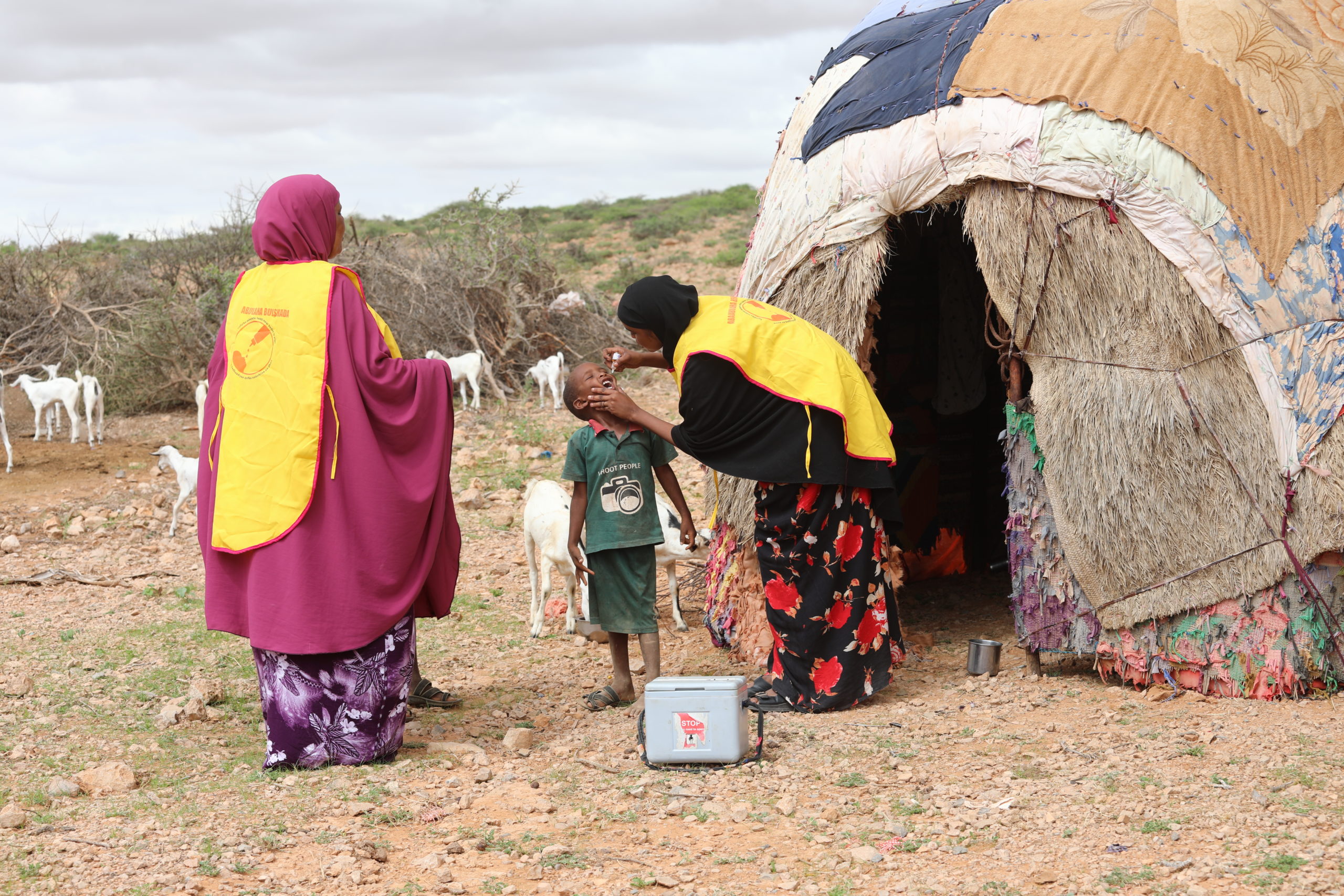
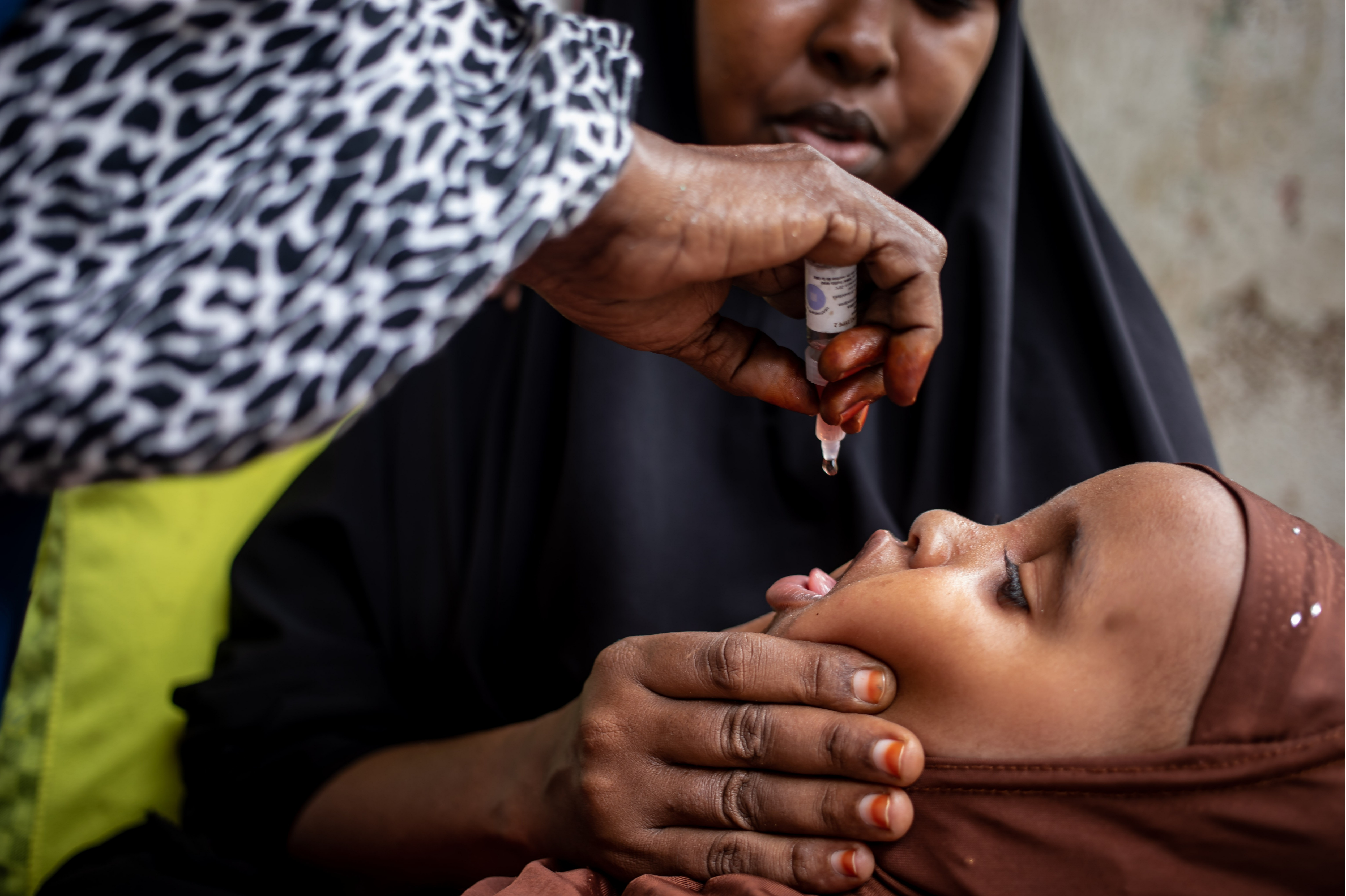
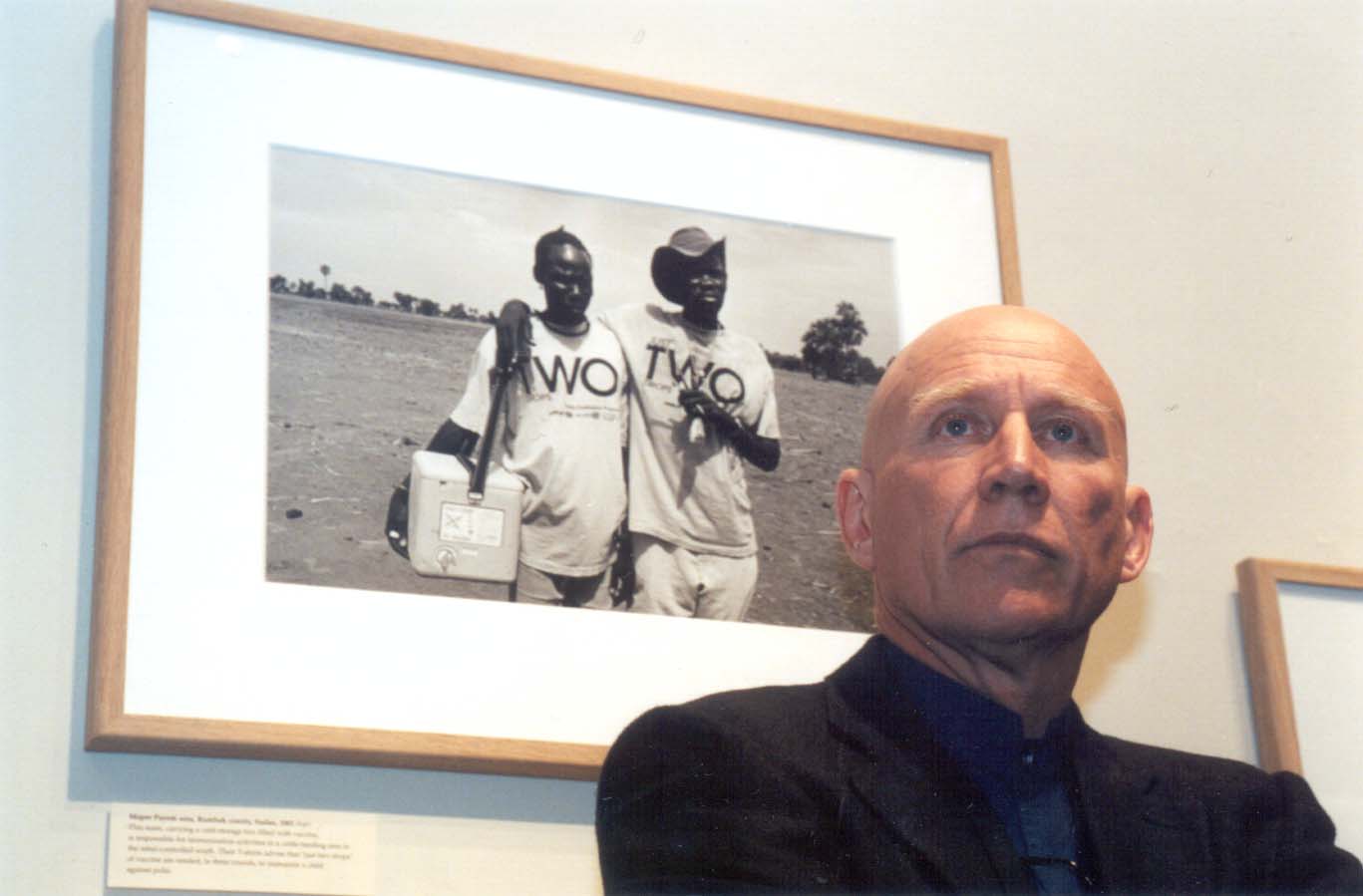
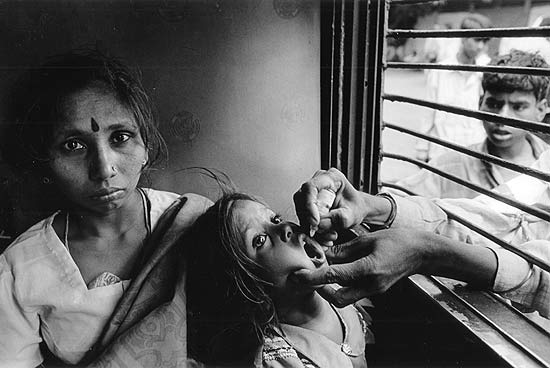
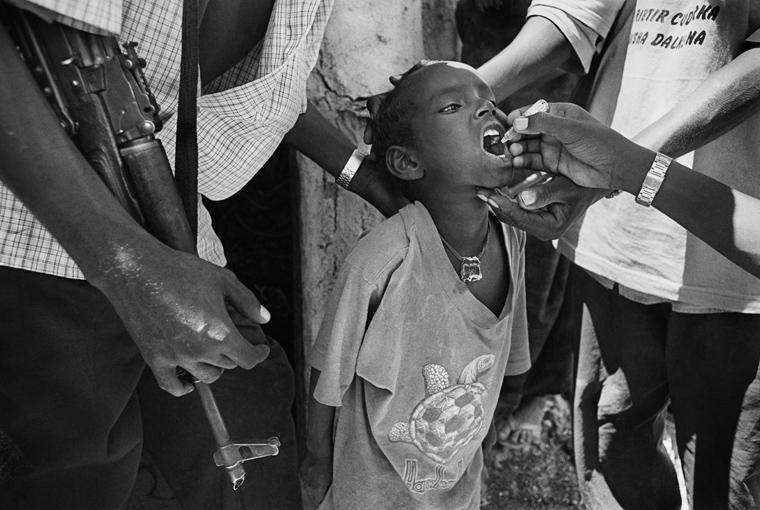
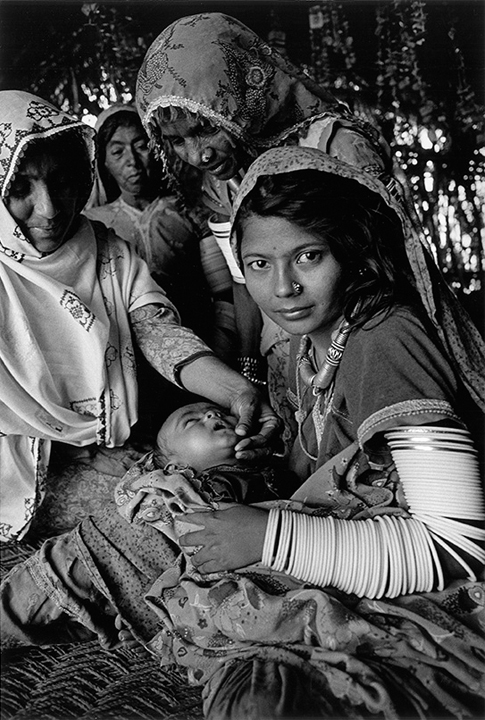
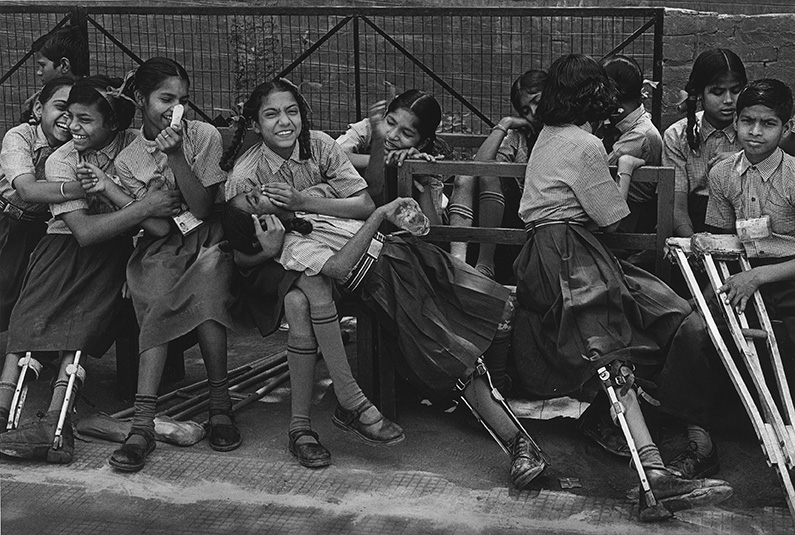
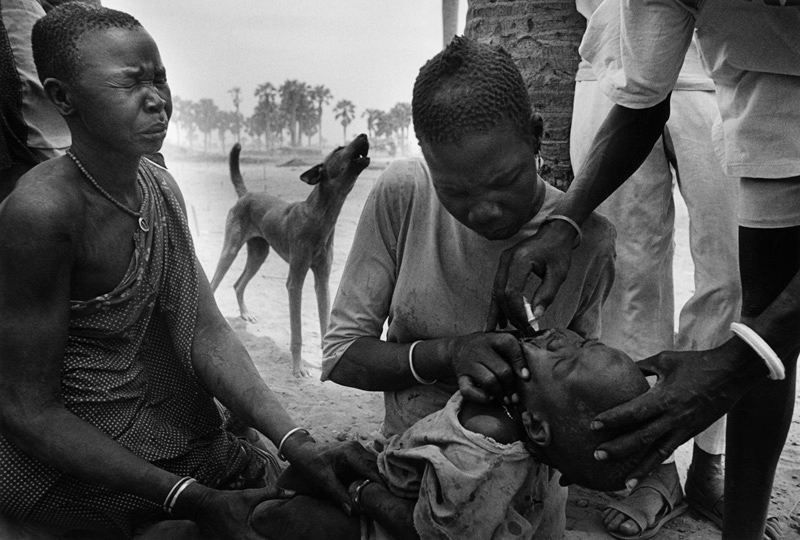
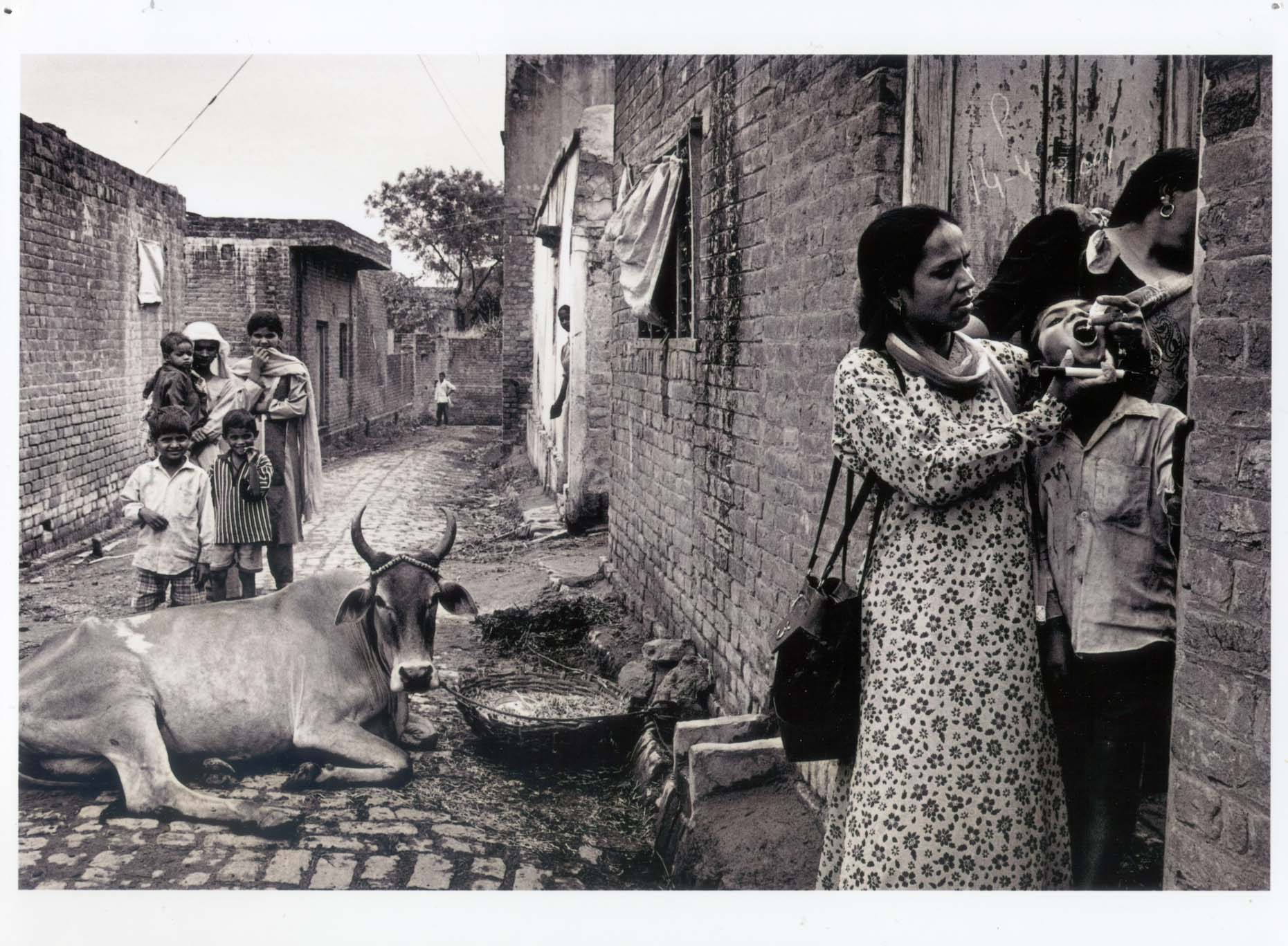
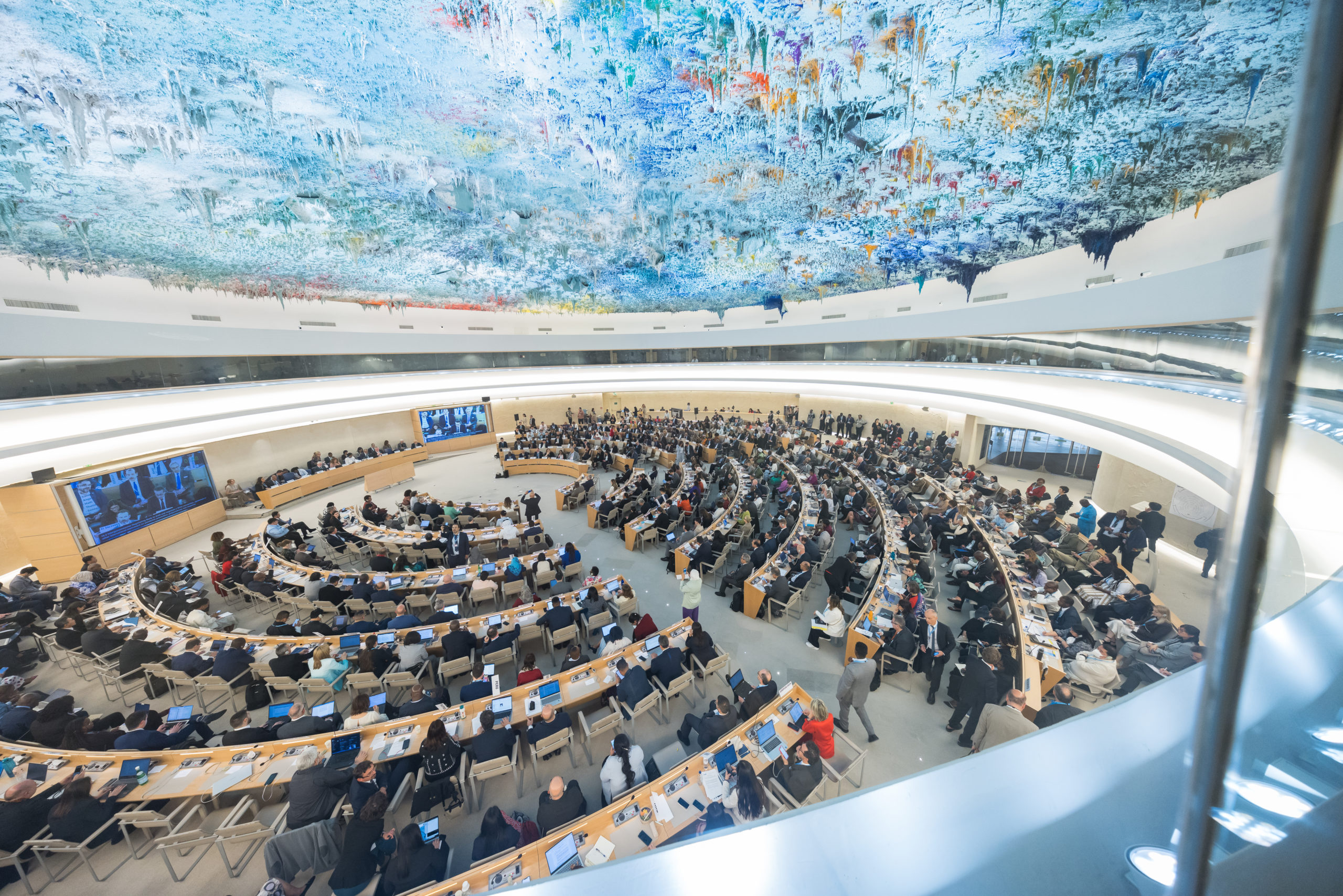

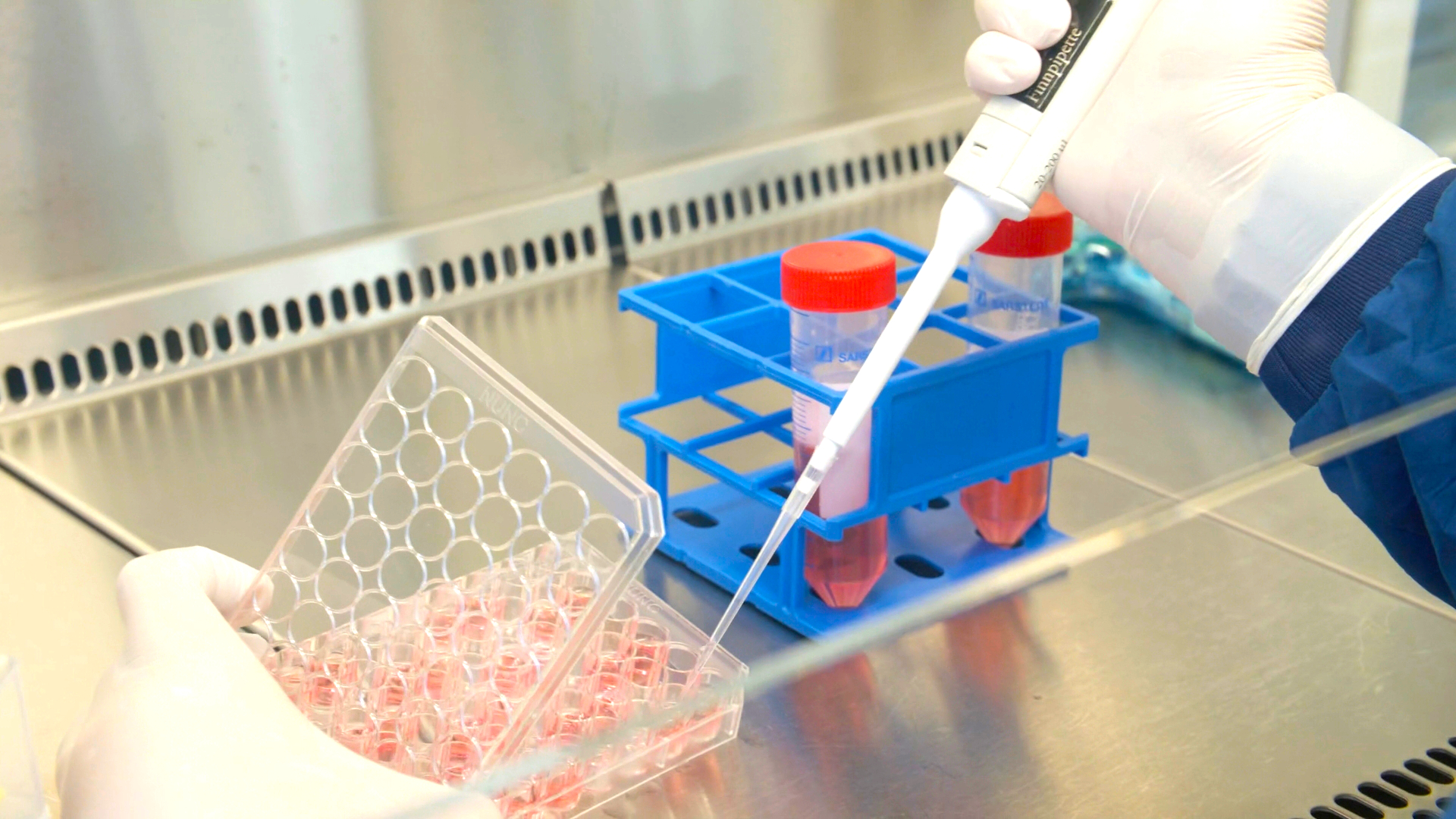
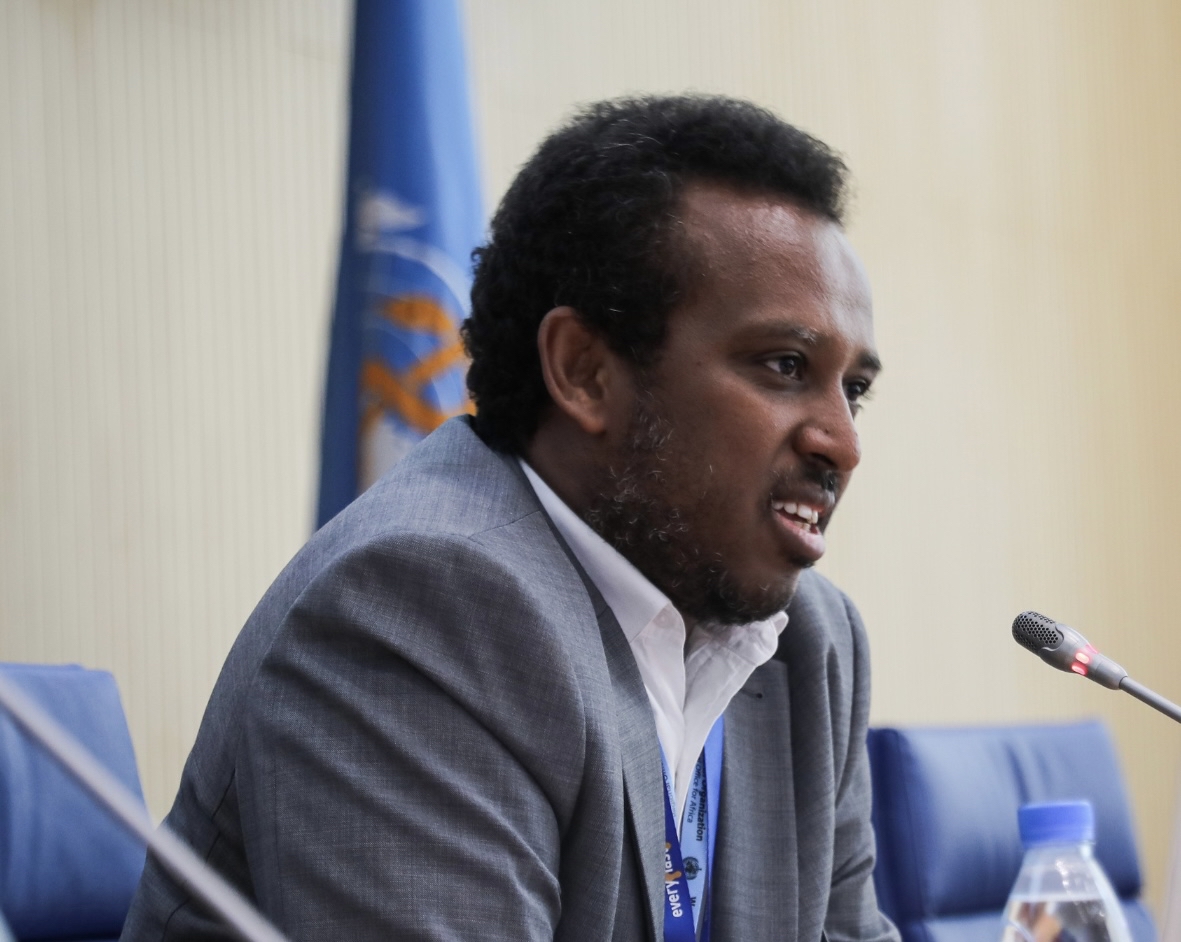
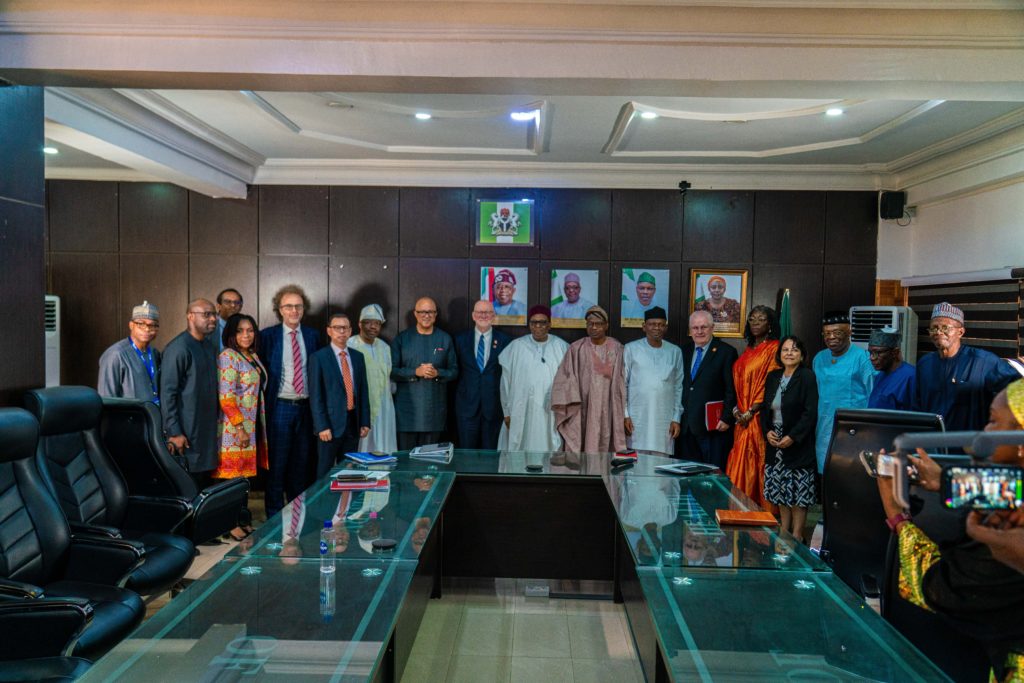
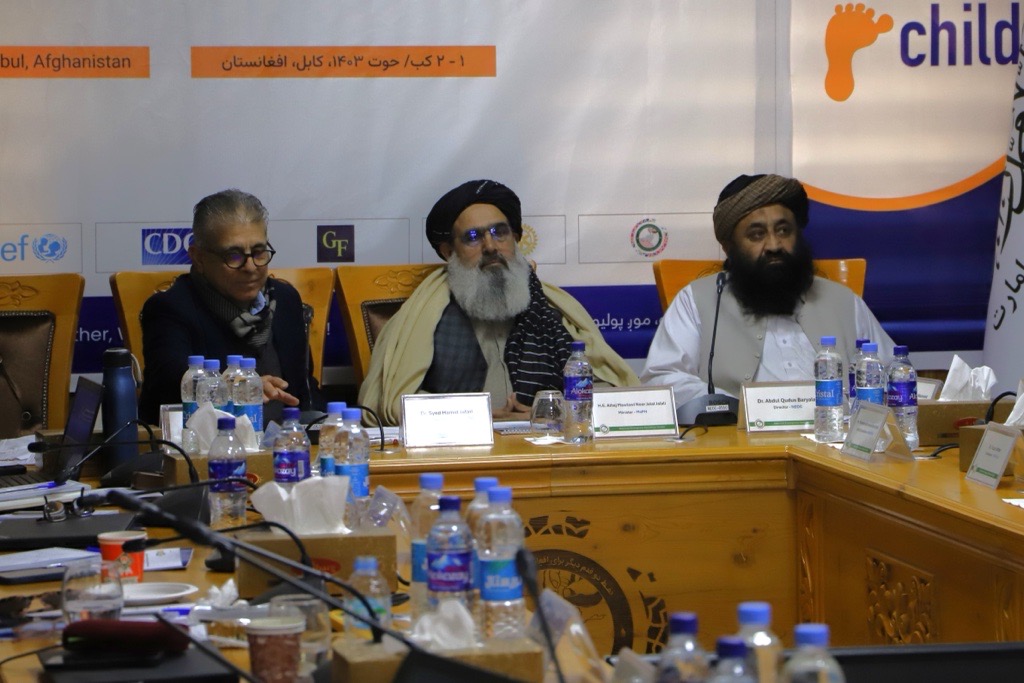
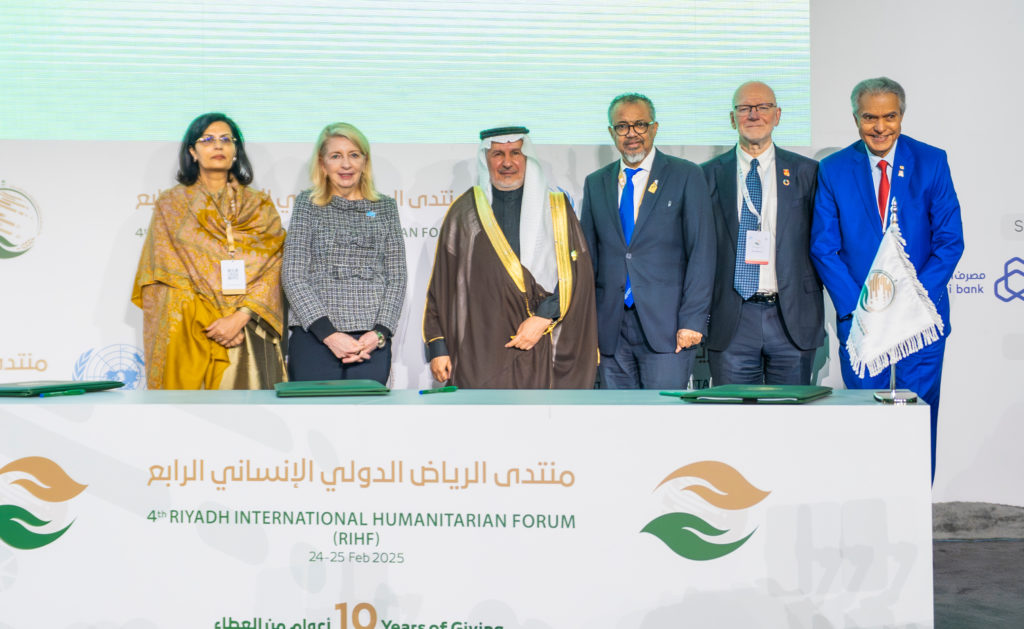
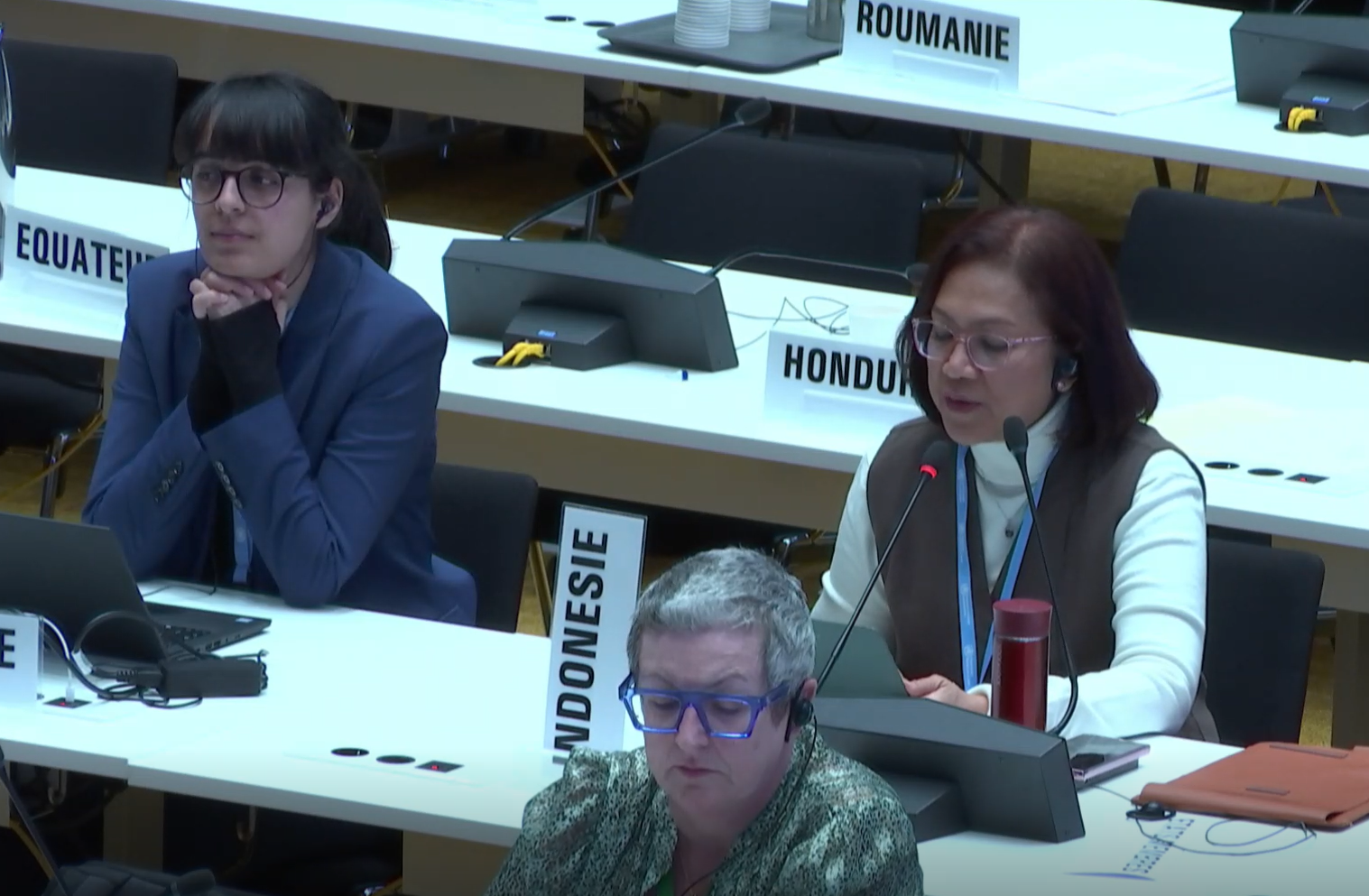
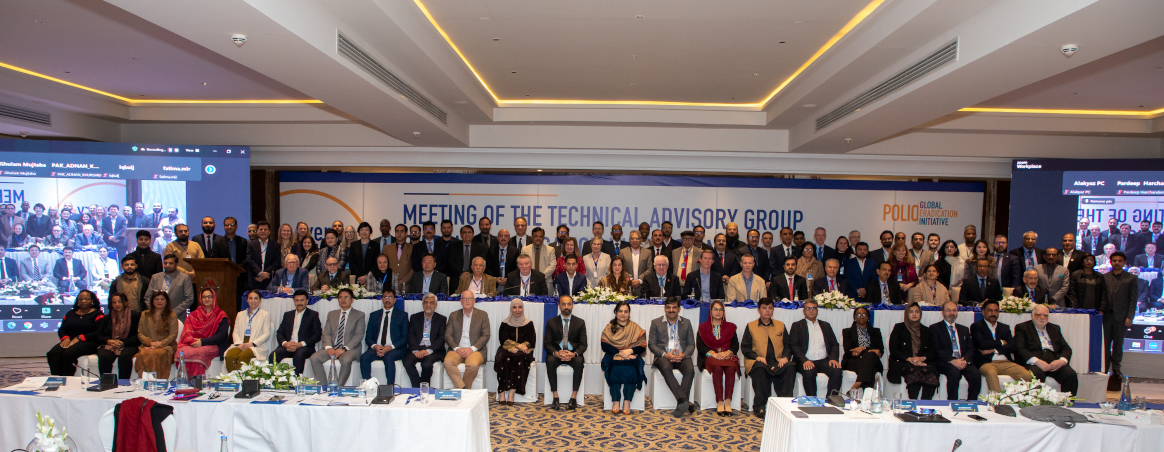

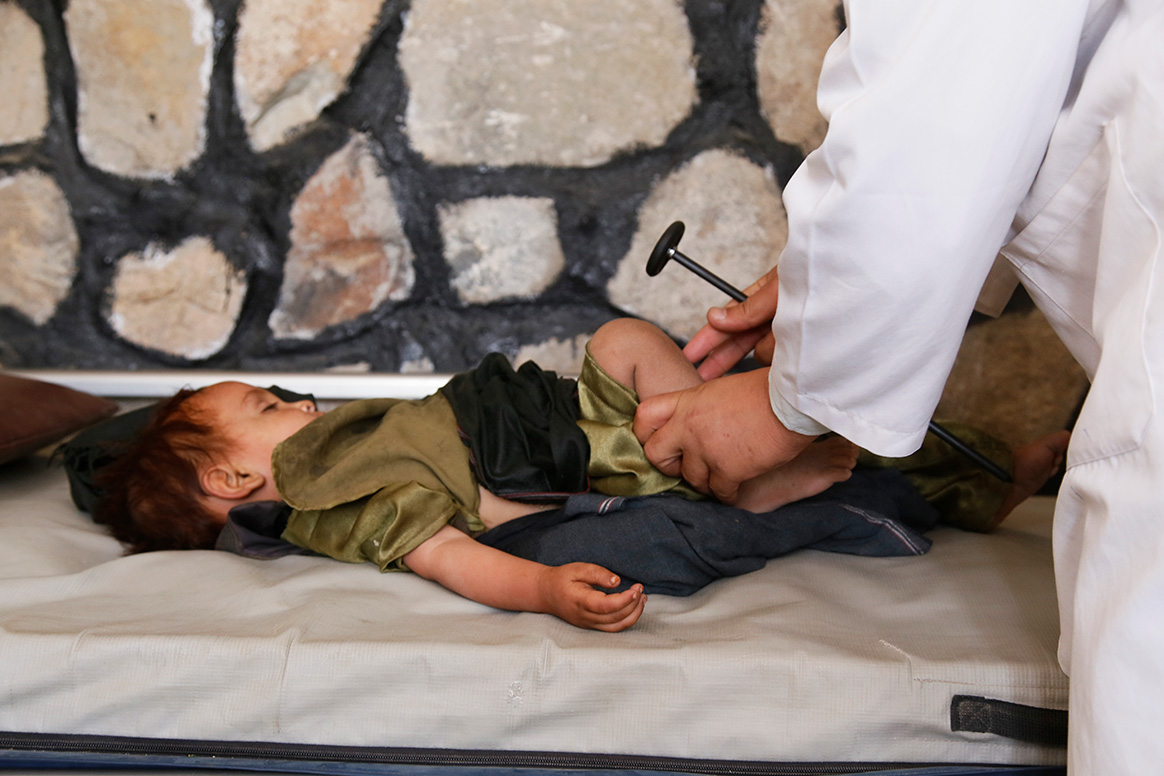
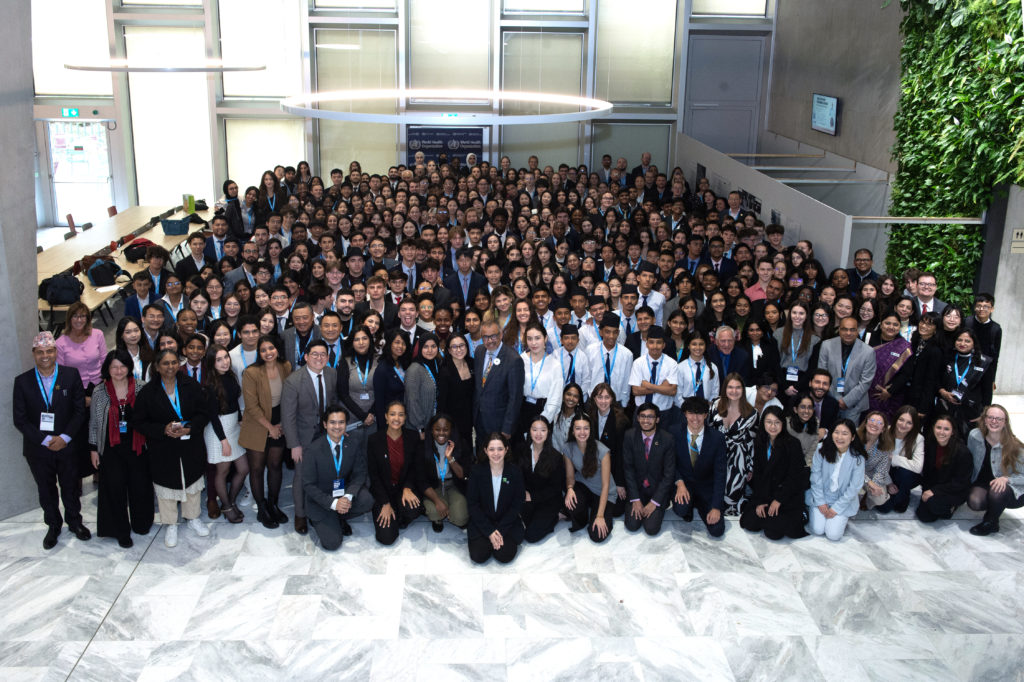
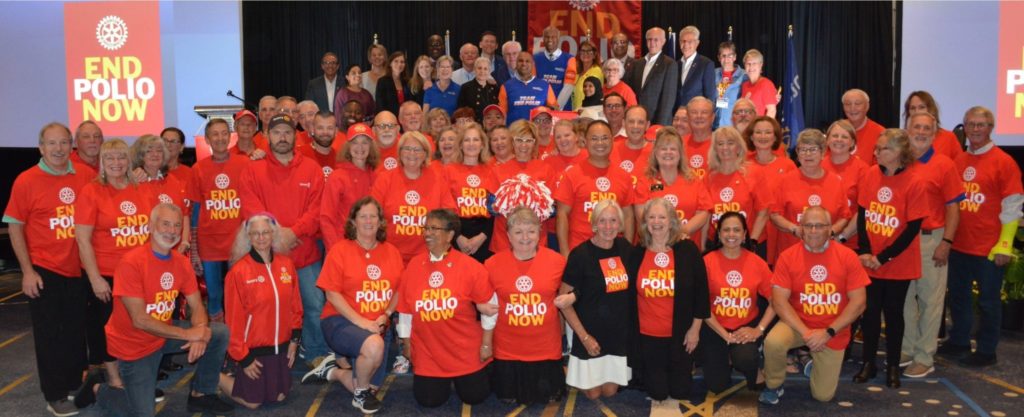
 Known by colleagues and friends as Emeka, 45, was a valued member of the WHO workforce for the last ten years, supporting immunization, polio eradication, and Ebola outbreak response in the African and Eastern Mediterranean regions.
Known by colleagues and friends as Emeka, 45, was a valued member of the WHO workforce for the last ten years, supporting immunization, polio eradication, and Ebola outbreak response in the African and Eastern Mediterranean regions.